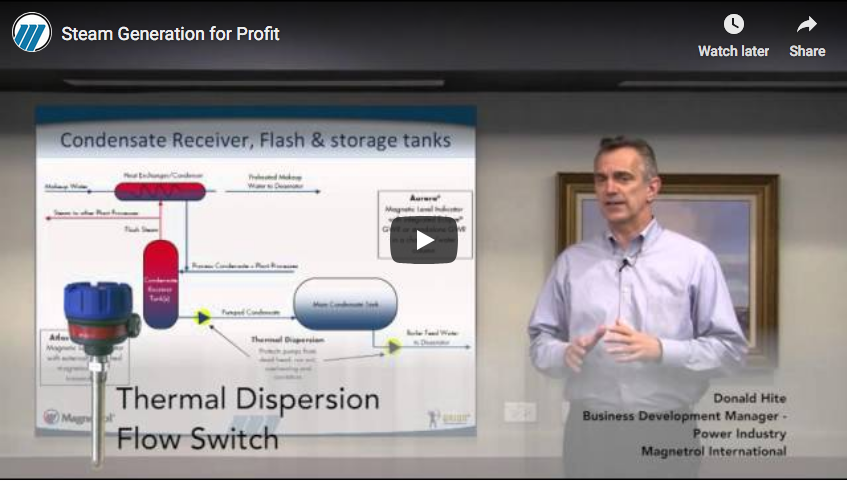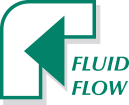How More Accurate Flow Control Technology Can Yield Increased Cost Savings in Steam Generation Systems

Steam generation, condensate and heat recovery are essential functions used in many process industries. However, these functions can come with hidden inefficiencies and costly maintenance requirements. Without accurate and reliable flow control, these problems can go unnoticed and negatively impact a company’s bottom line.
Fortunately, there are more technologically advanced solutions that can be used, such as guided wave radar, magnetic level indicators and thermal dispersion, to gather more accurate flow control readings. These tools eliminate the need for lengthy calibration and variables from the measurement equation, which can make it easier to produce high-quality steam while preventing unnecessary energy loss.
The reason these technologies can provide more accurate readings of liquid levels in dynamic steam environments is because they are unaffected by changes in process conditions and do not require external correction or input. For example, instruments used on boilers rely on interference (buoyancy), which can introduce additional sources of air or oversimplify the measurement for the sake of reducing up-front costs.
Level technologies, which continuously measure the actual liquid level, can provide improved performance and lower costs on fuel, maintenance and resources. For example, in some cases, customers have reported cost savings of $78,000 to $240,000 a year that would have otherwise gone toward pump seal replacement.
For more information on how you can improve level control and improve efficiencies throughout multiple functions in a steam generation system, including the Boiler Steam/Drum, Deaerator and Storage, Blowdown Flash Tank, and the Makeup Water Treatment process, watch this video from Magnetrol International, “Optimizing The Steam Generation and Condensate Recovery Process.”

